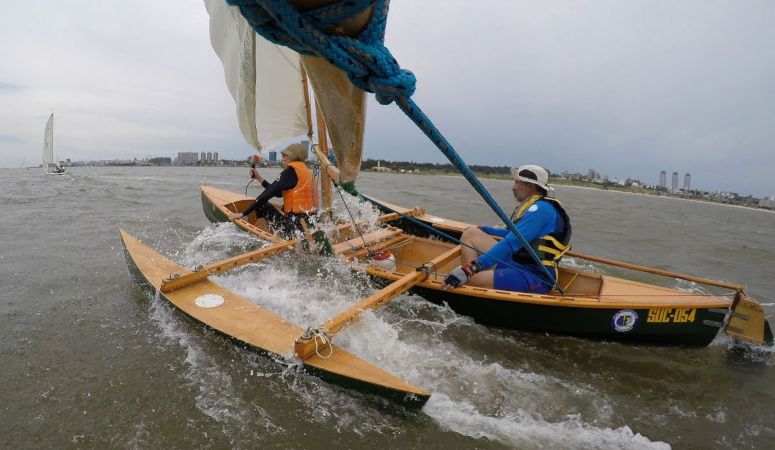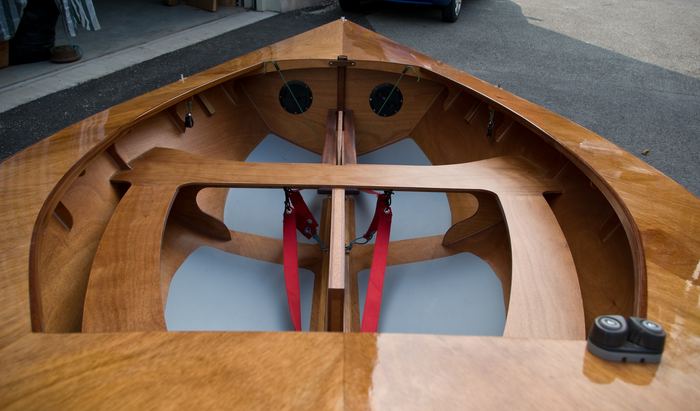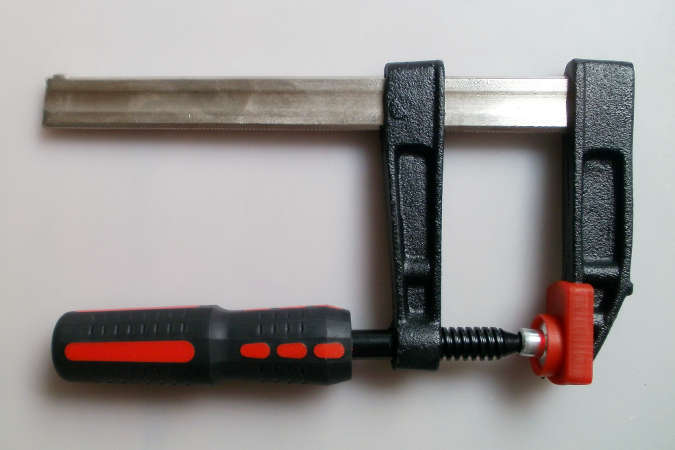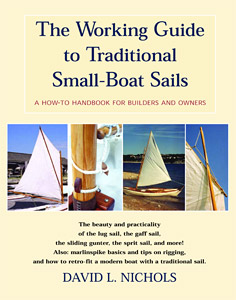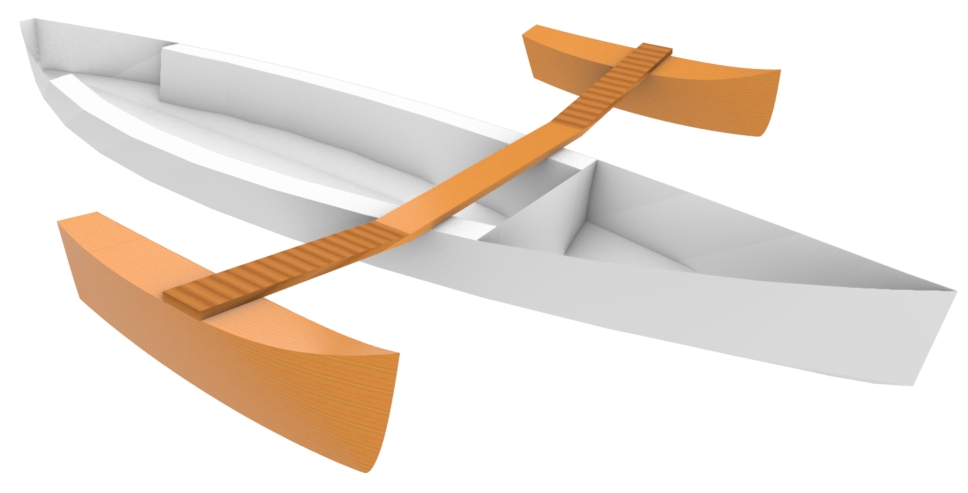

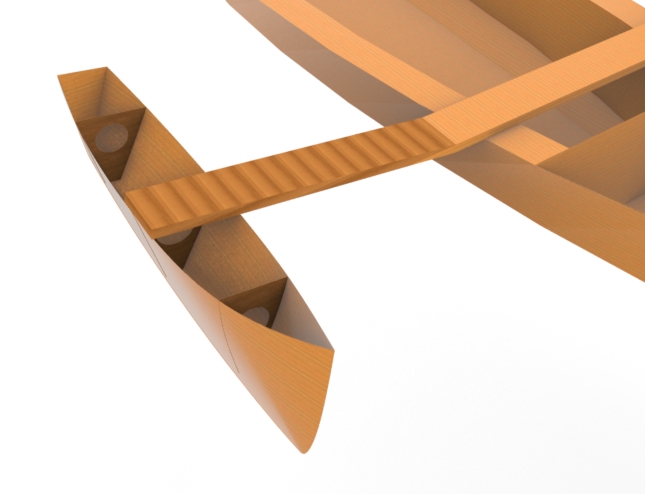



Product Description
These small sailing canoe outriggers are designed to stabilise a sailing canoe or other slender boat, to reduce the risk of capsize. They are positioned above the waterline, to allow sailing the canoe as normal, with both floats out of the water till the boat begins to heel excessively.
Outriggers like these are a common sight on sailing canoes and can be used by learners to practise sailing without relying on the support of the outriggers. They are also often used by experienced sailors for more adventurous sailing, where the outriggers provide an extra safety margin.
The boat should be sailed with both outriggers out of the water, allowing the sailor to improve their balance and anticipation. Every time the outriggers touch the water can be considered a failure, providing valuable feedback to the learner but preventing a capsize. When this happens, it means that you have not adjusted your hiking position or trimmed the sail soon enough.
The short length and low volume of these outriggers allows mounting them on a single crossbeam, minimising clutter in the cockpit. The low volume also makes it easy to sink a float with your body weight to right the boat after a capsize. The speed of the boat is not reduced if the boat is sailed with the amas (floats) out of the water. The outriggers are removable, so the canoe can be sailed without them when they aren't needed.
These outriggers are not designed to be sailed with one hull permanently in the water: they do not have enough volume for this sort of sailing. There is a larger version of these outriggers, with greater volume and two crossbeams, for that purpose.
Although the extra stability of these outriggers will help you to avoid a capsize, it is still possible to capsize if a serious mistake is made. Sailors must remember that they should only go out in conditions that they would normally go out in. We also recommend you practise recovering from a capsize with the outriggers attached, because it is quite different from recovery without the floats.
More information on sailing using mini outriggers and capsize recovery can be found on the Open Canoe Sailing Group website.
- Hull Length
- 1.2 m (3′ 11″)
- Hull Beam
- 200 mm (8″)
- Hull Volume
- 22 kg (50 lb)
- Hull Weight
- 2.2 kg (5 lb)
- Crossbeam Length
- Beam of middle hull + 1.65 m (65″)
The hulls are made from one sheet of 3 mm or 4 mm okoume (gaboon) plywood. The crossbeams can be made from fir, pine or other medium-density timber with straight grain and no knots.
There is no lamination required to build the crossbeam: a simple 6:1 scarf joint is used to create the dihedral angle. The plans contain suggestions for mounting the crossbeam to the main hull, but this will need to be adapted to suit the chosen boat. The beam and floats will stow inside many canoes for storage.
Plans
There is enough detail in the plans to build this boat just by following the step by step instructions. The plans are 43 A4 pages with photographs, diagrams and text.
PDF Plans
An electronic version of the plans in PDF format that can be viewed using Adobe Reader. After credit card authorisation the file will be sent to the email address put on the order form.

